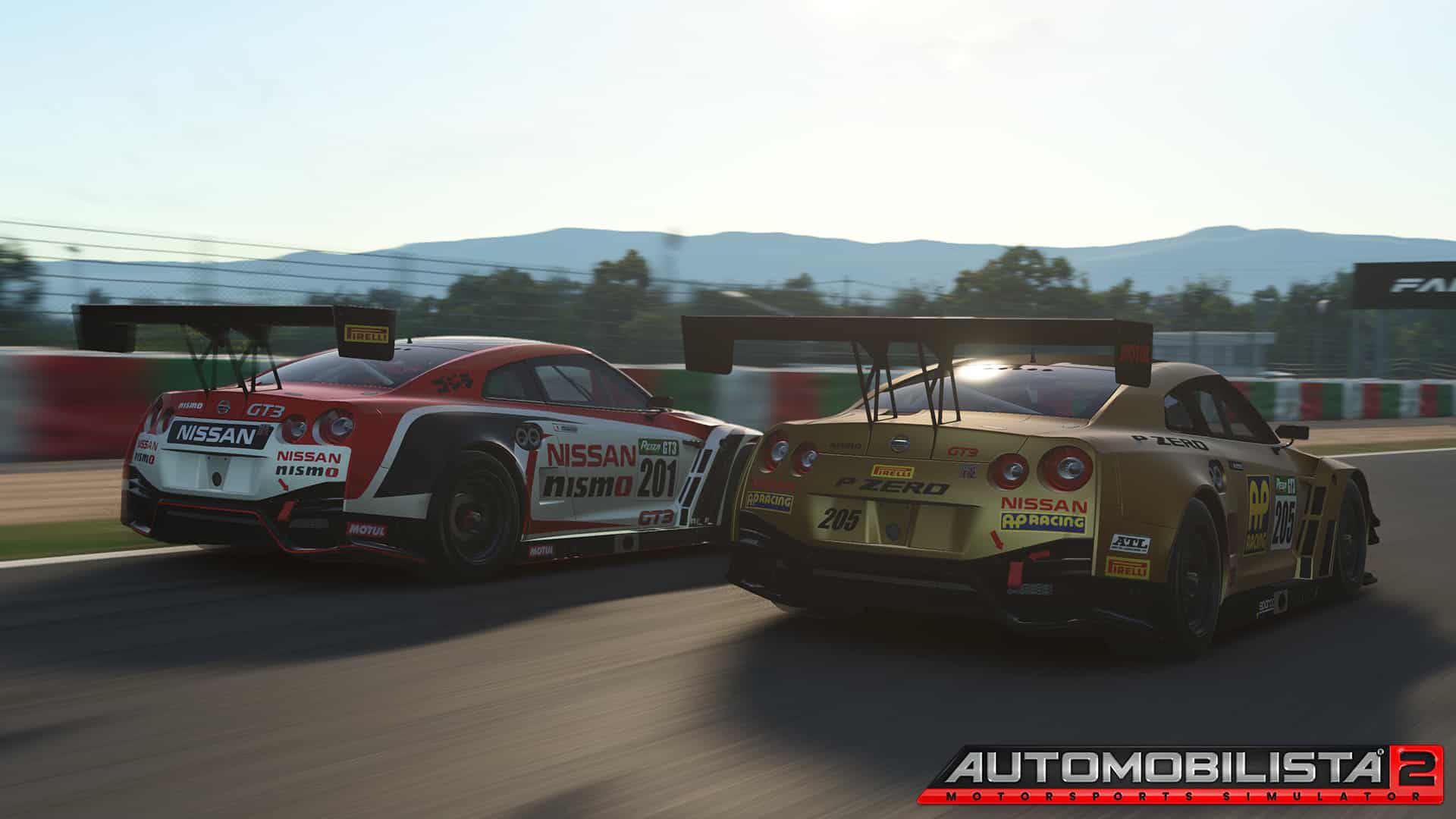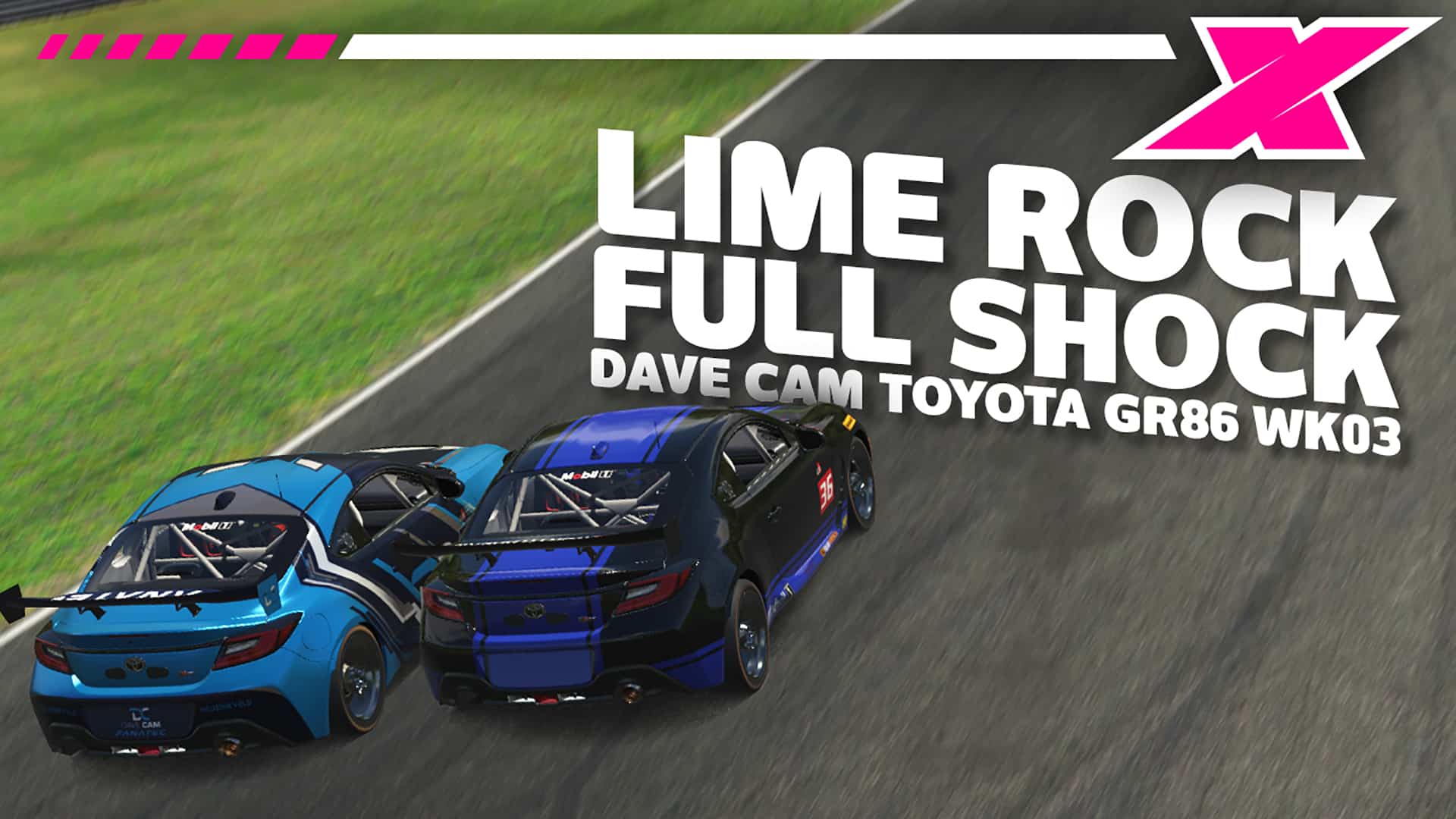20 years ago, Auto Modellista was released for the PlayStation 2 in Japan and Europe in 2002 and caught many driving game fans by surprise thanks to its cel-shaded aesthetic and licenced JDM car line-up.
This was followed by an updated ‘US Tuned’ version for North America a year later, which in turn also enjoyed a re-release for the Japanese market now including a selection of American vehicles.
Seen by many as a stylised version of the massively successful Gran Turismo series, Auto Modellista has a bold art style that was a cartoonish counter-point to Polyphony Digital’s attempts at realism.
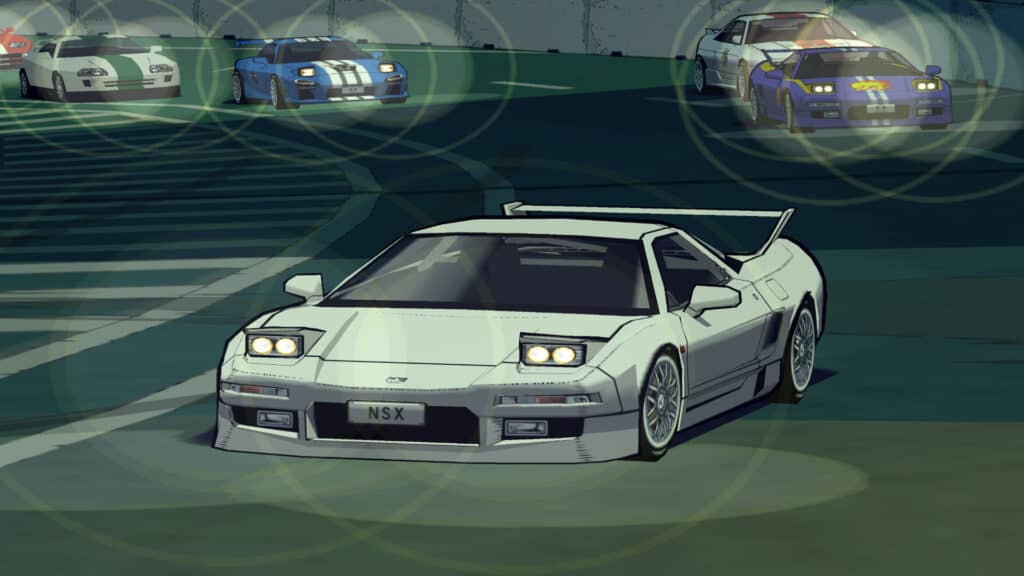
Since 1998, Sony’s premier driving series has inspired a generation of European gamers by exposing them to Japanese sports cars which were largely unknown in the West. In many ways, Gran Turismo was responsible for the burgeoning grey import scene, as gamers scrabbled to buy their favourite in-game vehicle for real.
Going Underground
Likewise, Japan’s infamous underground street racing movement, best exemplified by the ‘Mid Night Club’, also caught gamers’ attention, thanks to its heavy emphasis on vehicle tuning and outlandish body kits, defining features of the GT franchise.
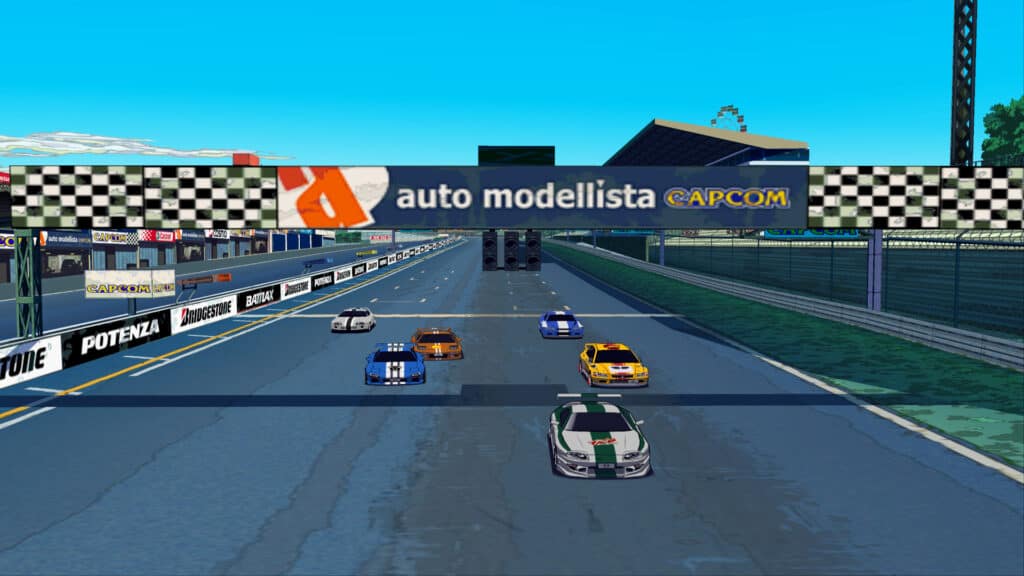
2001 also saw ‘The Fast and the Furious’ movie released into cinemas, further glamourising Japanese car culture. With this in mind, Auto Modellista’s developer Capcom looked to capitalise by focusing its efforts on the game’s roster of cars and licenced tuning parts. Brands represented include OZ Racing, Veilside, STi, Michelin, C-West, GReddy, HKS, Bilstein, Yokohama and many, many more.
Capcom is responsible for some of the biggest gaming franchises in the world; Megaman, Street Fighter and Resident Evil to name a few. Thanks to its impeccable track record, one can see why hopes were high for the studio’s first attempt at a Gran Turismo-rivalling driving game.
But did Auto Modellista hit the same heights?
JDM dreams
The jewel in the crown of Auto Modellista is its impressive car list. Really, it’s fantastic, especially if you’re a fan of Japanese sports cars from the ‘90s. Supras, Skylines, Silvias, Skylines, Imprezas, RX-7s, Skylines, Truenos, Lancers, Skylines, Celicas, Integras and Skylines are all there, making the game a JDM fan’s dream. It even had Kei cars!
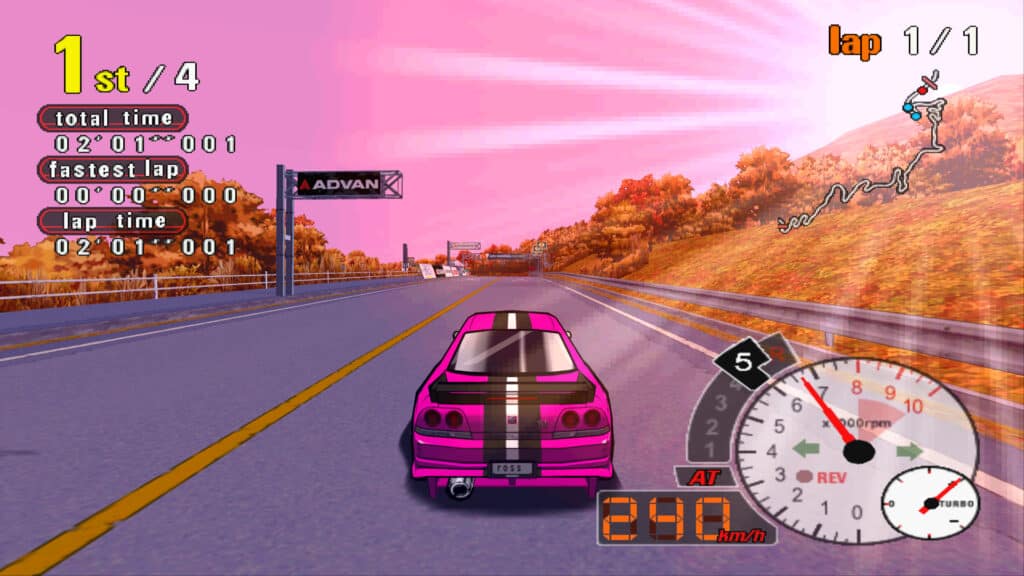
North America is also well-represented (in the US Tuned version), with Dodge, Ford and Chevrolet cars appearing too. So, what about European manufacturers? Well, there’s none. Yes, Auto Modellista has no BMWs, Porsches or Ferraris in its car line-up, which is massively disappointing.
The cars that are in the game look great, however. Although their subtle curves are converted into bold black lines thanks to the cel-shading art style, it works surprisingly well. I disliked the manga-style speed lines though, but these can be switched off (think along the lines of Need for Speed Unbound’s divisive effects but much less intrusive).
Replays look fantastic too and there’s an editor to boot. Realistically, however, this isn’t where the majority of players will spend their time.
Garage Life
Garage Life is the game’s main career mode. Here you can buy cars, purchase performance-enhancing parts and even fit outlandish body kits. As mentioned, they’re officially licenced too, which was a unique selling point at the time.
This part of Auto Modellista taps into the Japanese love of vehicle modifying, originating from the post-World War 2 sub-culture of the Bōsōzoku – motorcycle gangs with a criminal element.
It eventually evolved into a more mainstream way for Japanese youths to rebel against authority, and today there are several car modifying scenes in Japan. These include the likes of Kaido Racers, Shakotans, Bippus and Kyushas, all with their own distinctive rulesets.
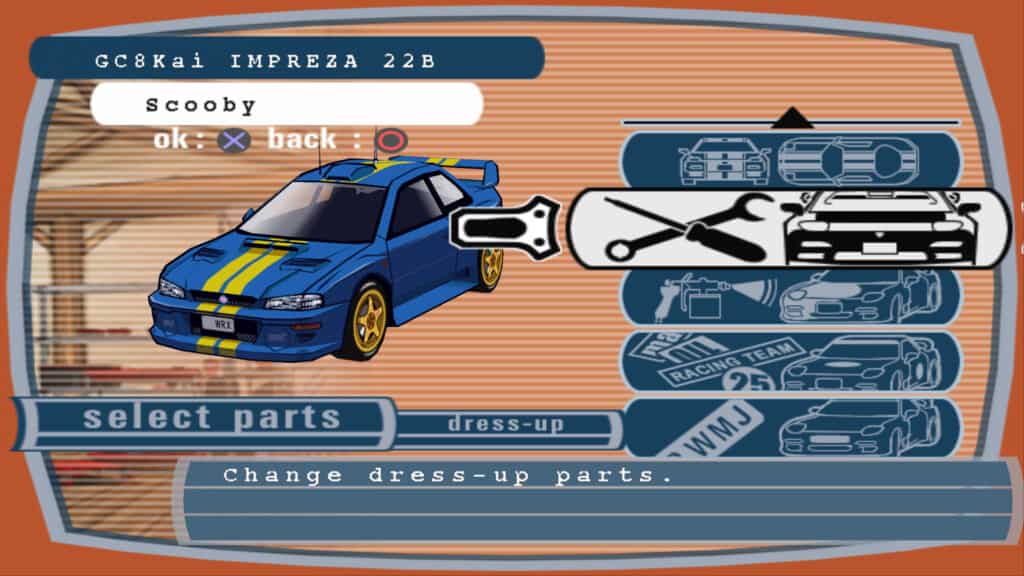
Auto Modellista taps into this motoring sub-culture with aplomb, and thanks to the game’s beautifully stylised graphics modifying your car in-game has a satisfyingly vivid result.
However, from the game’s outset, you can jump straight into the most powerful cars and even increase their horsepower and grip, yet there’s no in-game currency. Better parts and other items can be unlocked through career mode progression, but Auto Modellista lacks the early-game grind of most of its rivals.
You can even win items to place in your garage – which you charmingly get to name, alongside your cars.
On a lighter note, customising your car in-game is known as ‘dress up’. Admittedly, a few localisation and translation errors do crop up…
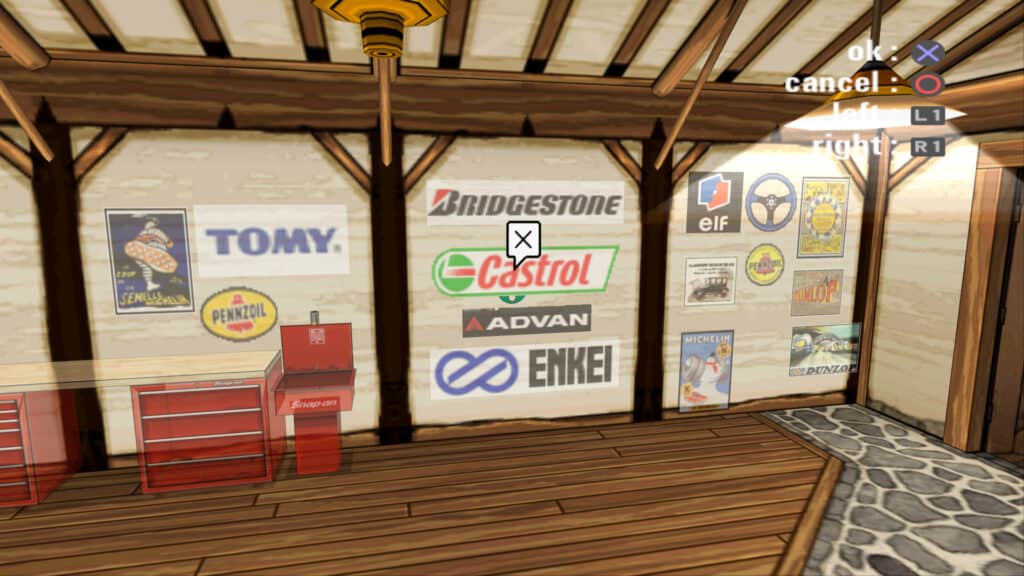
Online
Auto Modellista was part of Capcom’s three-pronged assault on the burgeoning online gaming scene, arriving just before Resident Evil: Outbreak (2003) and Monster Hunter (2004).
Auto Modellista supported up to eight players online (servers were switched off many years ago). By default, players were restricted to using unmodified cars or those saved to their sub-garage beforehand, a fact that’s barely explained by the game.
There’s a bigger caveat to Auto Modellista’s online mode though, as early European and American versions simply didn’t have it. GameCube and Xbox ports followed in 2003 and 2004 respectively, yet only Microsoft’s console retained online functionality.
Which isn’t great. But let’s not forget that playing your console games online was pretty rare in 2002 anyway. Offline, there’s a two-player split-screen mode to sink your teeth into, but your friends won’t thank you for that…
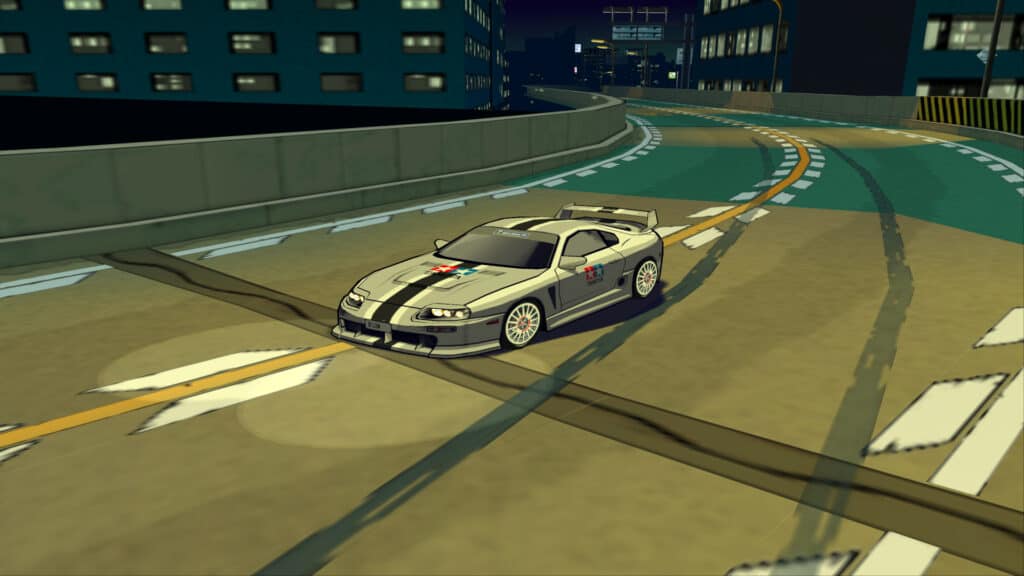
The catch…
We’ve established that Auto Modellista looks fantastic; has an interesting range of cars; intuitive car modifying and an impressive online mode for a two-decade-old game; surely it’s one of the finest racing games of its generation?
Err… no, it isn’t.
Auto Modellista, sadly, does not feature a surfeit of content. There are only six tracks (two more bland ovals were added for the US Tuned version), and blasting your way through the same venues in career mode gets tiresome all too quickly. Variety is lacking too, thanks to dull circuit design. In fact, there’s only one proper racetrack: a strangely off-looking Suzuka.
The AI is far too easy to defeat too: grab yourself a tuned Skyline and watch your opponents disappear in your rear-view mirror.
Just like Gran Turismo, eh?!
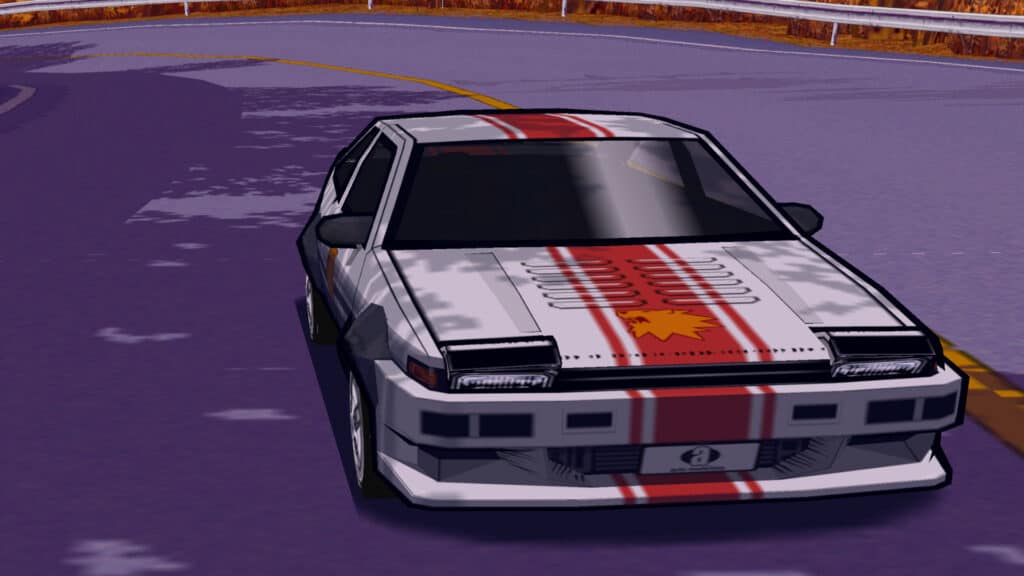
But by far the worst aspect of Auto Modellista is how the cars handle. There’s barely any nuance – vehicles feel like they’re stuck to the asphalt with glue.
You can also brake ridiculously late for turns, but the middle pedal isn’t a huge necessity since it’s possible to wall-ride past the AI a lot of the time.
The drifting mechanic is pretty much non-existent too, which seems odd in a game containing a legendary drift location such as Akagi Mountain, famous for its appearance in the popular manga series Initial D. Handling was adjusted for the US Tuned editions of the game but didn’t go anywhere near far enough to resolve these issues.
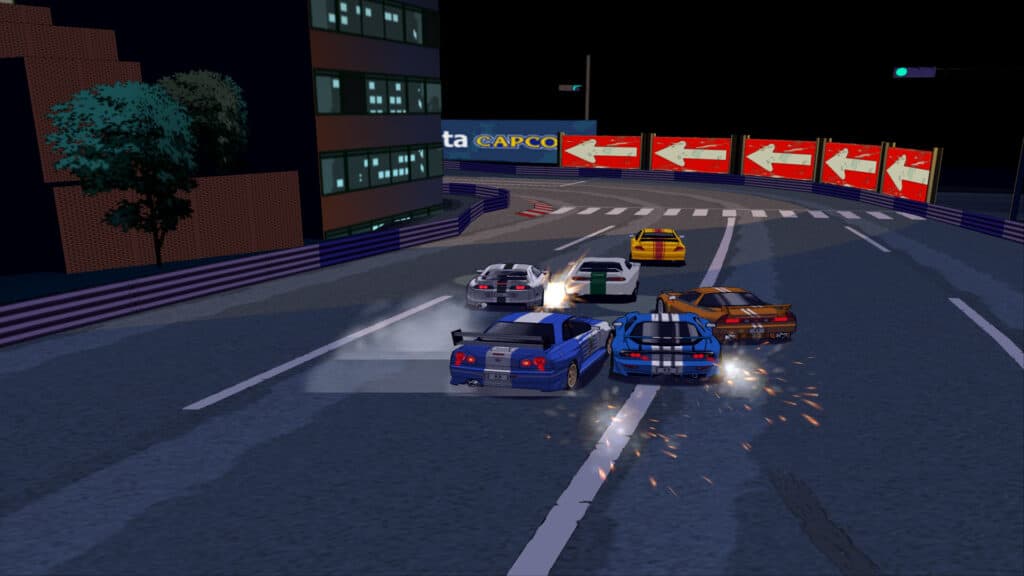
The sound of the underground?
Perhaps the worst (or best, depending on your point of view) aspect of Auto Modellista is its voice talent, Hiroaki Asai. As well as being a DJ and comedian, Asai also provided voicework for the 2001 beat-em-up Capcom vs. SNK 2: Mark of the Millennium.
Initially, his over-the-top, mid-race commentary is quite charming. However, after he utters the same over-enthusiastic phrase for the umpteenth time it becomes grating – his Americanised delivery is pure cheese. (For extra stilton, check out the Daytona USA theme tune ‘Let’s Go Away’.)
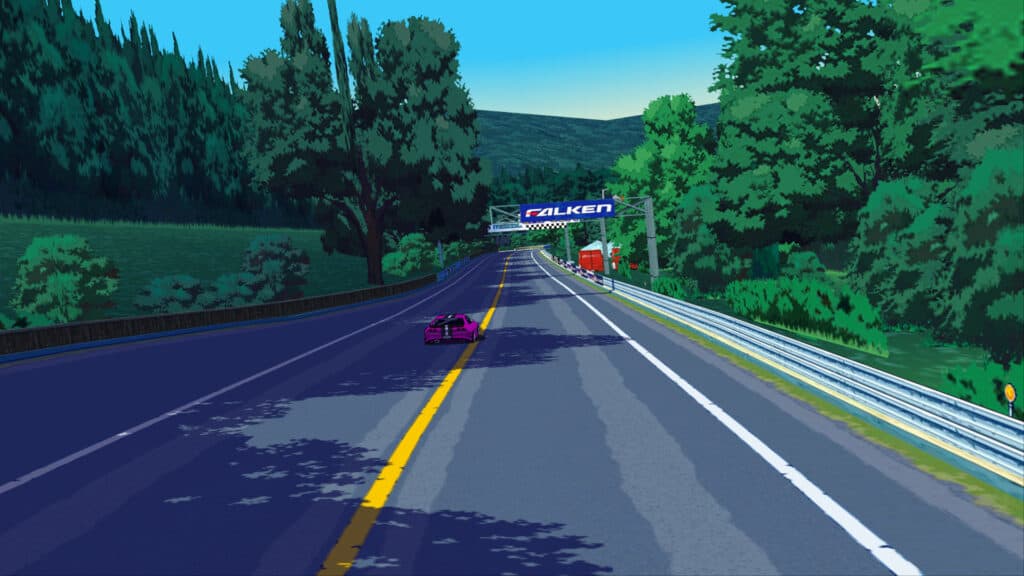
On the other hand, the game’s soundtrack is high quality, featuring tracks by renowned videogame composer Tetsuya Shibata. His other credits include the Monster Hunter, Devil May Cry and Resident Evil franchises. Alas, the music can be turned off but the cheddar cannot.
Exhaust notes are a mixed bag too, with a lot of cars sounding flat, however, most are convincing and arguably better than the preceding three Gran Turismo games. Annoyingly, hitting the rev-limiter is greeted by an incessant beeping sound. Yeuch.
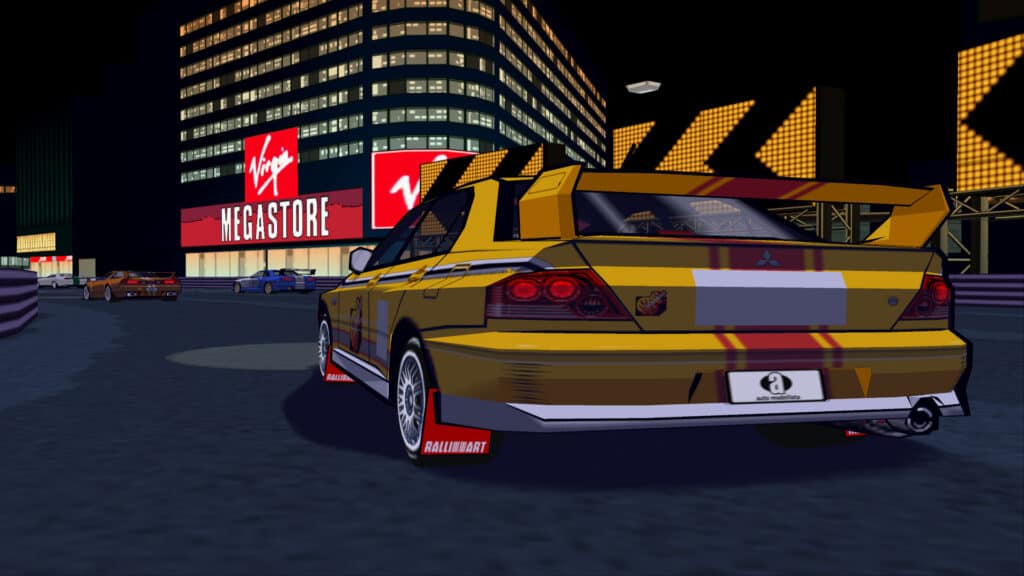
Autopilot
Auto Modellista still looks great. Its cel-shaded graphics have aged far better than any three-dimensional racing game from the late nineties and early noughties.
The action zips along at a consistent frame rate and its car list covers the biggest hitters from the Japanese tuning scene, replete with all the hop-up parts and wings, skirts and splitters real-world tuners fitted to their machines.
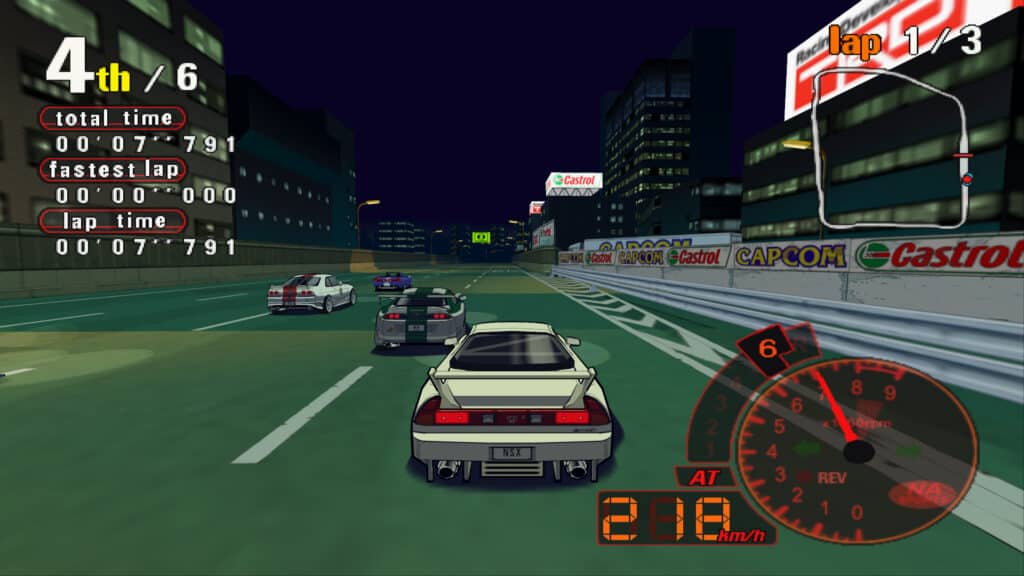
However, Auto Modellista is far too easy, and its driving physics are sub-par compared to its direct rival Gran Turismo 3: A-Spec. Despite its phenomenally slick presentation and petrolhead-pleasing tuning features, Auto Modellista is a disappointing case of what might have been.

















